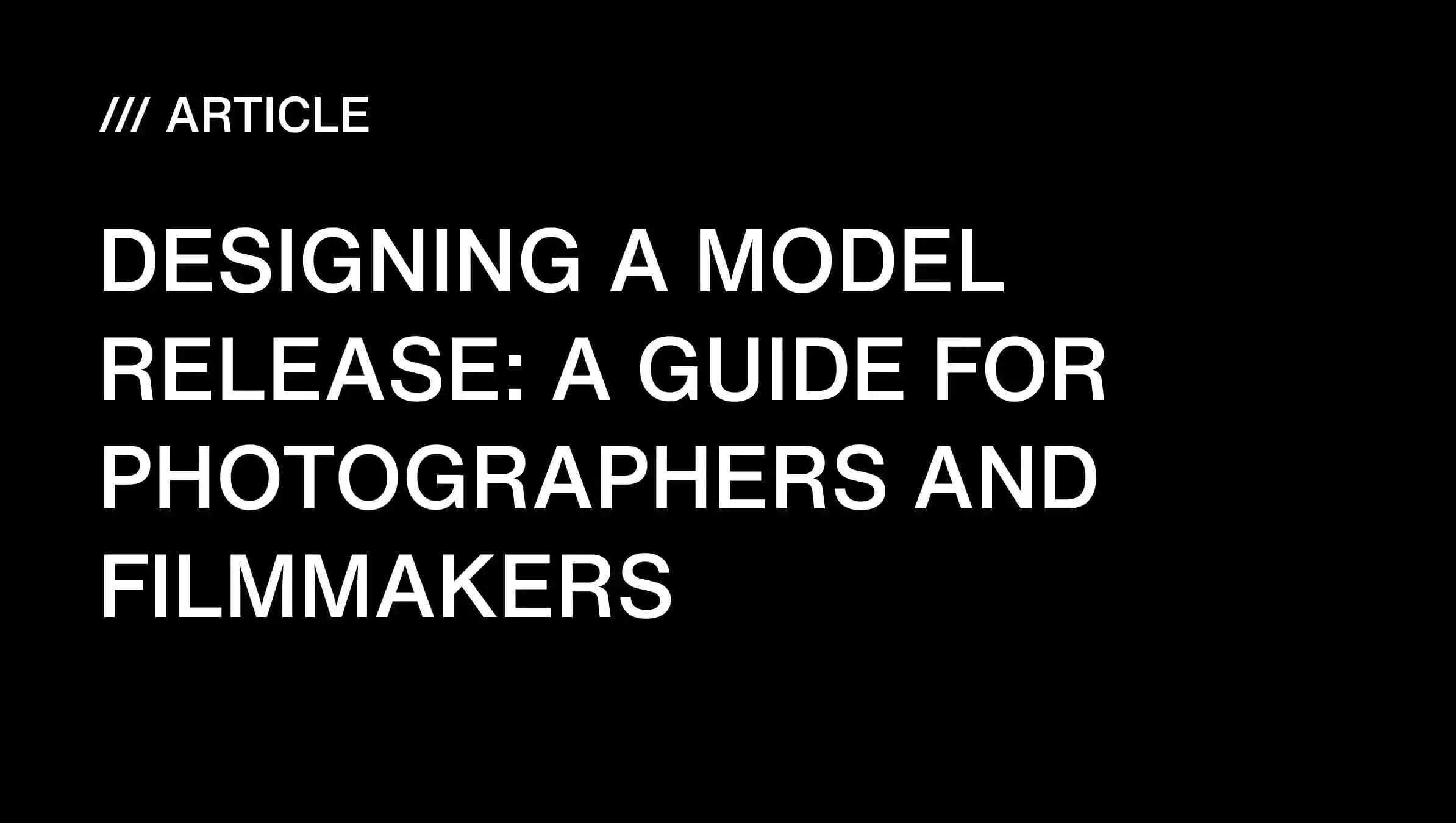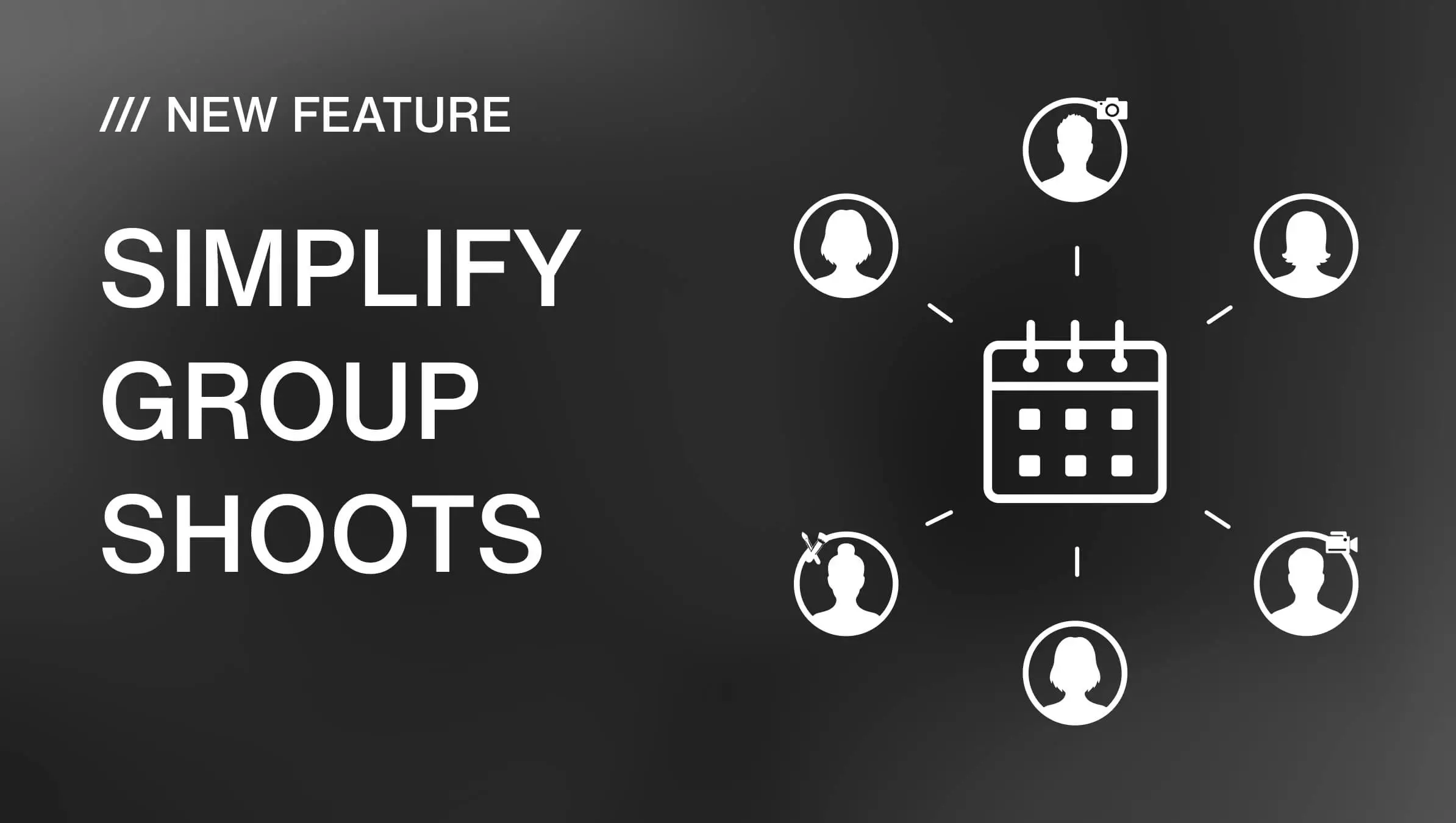Introduction to Model Releases
You’ve probably seen it: a photographer hauling more than just cameras and lenses. There’s always some dog-eared folder, crumpled sheets stuffed in a bag, or if they’re slick, an iPad that never leaves their side. That’s not random clutter - it’s the model release. In plain talk, it’s the piece of paper (or screen) that says, “Yep, you can use my face, my look, or my whole vibe for this project.” Without it, your shiny new shoot might stay locked in a hard drive forever because you can’t risk putting it out in the wild.
Why Model Releases Matter
Legal Protection for Creators
Imagine this: you nail a big campaign, the client’s pumped, everything looks killer. Then the model strolls by a giant billboard of themselves and goes, “Hold on - I didn’t say yes to this.” What if you lack a release? Congratulations, you’re right in the center of a legal disaster. That single piece of paperwork could have conserved your time, money, and peace of mind.
Protecting the Rights of Models
But hey, this isn’t just about covering our backs. Releases protect models too. It sets out exactly how their image will be used, so they’re not blindsided seeing their smile on some dodgy ad for something they’d never endorse. Respect flows both ways.
Avoiding Future Disputes
Seriously, five minutes - one chat, one scribble - and you’ve saved yourself from years of messy back-and-forth. Any pro will tell you, skipping a release is like driving without insurance: you might get away with it once, but when things go sideways, you’ll wish you had it.
When Do You Need a Model Release?
Table: When You Need a Model Release
| Situation | Release Required? | Notes |
|---|---|---|
| Advertising campaigns | ✅ Yes | Always, even for unpaid work |
| Editorial (news, documentary) | ❌ No | Generally not required |
| Shooting minors | ✅ Yes | Guardian/parent signature mandatory |
| Private events (weddings, portraits) | ✅ Yes | Especially if published |
| Street photography (personal/art use) | ❌ No | But if sold commercially → yes |
Commercial Use vs. Editorial Use
Rule of thumb? If it’s commercial - ads, promos, product campaigns - you need the paperwork. Editorial stuff (news, docu-style projects) usually skates by without.
##Paid vs. Unpaid Shoots
Don’t get fooled by “but it’s a free collab.” Nope. If the work ends up in a commercial space, even an unpaid shoot needs a release. Judges don’t care if no money changed hands.
Private Events vs. Public Spaces
At weddings, portrait gigs, or anything private - yes, you need one. Out in public covering protests or street scenes for news? Generally, you’re fine.
Types of Model Releases
Standard Model Release
Your everyday go-to. Adult model, clear consent, job done.
Minor Model Release
Under 18? No debate - the parent or guardian signs.
Group Model Release
Shooting a band, a sports team, or ten extras in a scene? One form can cover the lot. Want to go deeper? Check out our full guide on group model releases.
Property and Location Releases (Bonus)
Not technically a model release, but close cousin. Shooting in someone’s home or business? Get their okay in writing. For details, see our property release checklist.
Essential Elements of a Model Release
Table: Core Elements of a Model Release
| Element | Why It Matters |
|---|---|
| Identification of parties | To clearly establish who's signing |
| Scope of use | Defines exactly where the image can appear |
| Compensation | Whether it's money, photos, or barter |
| Signatures & witnesses | Makes the agreement legally valid |
How to Explain Model Releases to Non-Professionals
Using Simple Language
Ditch the legal mumbo-jumbo. Just say: “This lets me use your photo in my portfolio and possibly an ad campaign.” That’s all most folks need to hear.
Building Trust and Transparency
Don’t dance around it. If their face is going global, tell them upfront. They’ll respect you more for it.
Addressing Common Concerns
People worry about misuse. Reassure them: a release doesn’t give you the right to humiliate them or sell their image to sketchy brands.
Digital vs. Paper Model Releases
Benefits of Digital Releases
Quick, eco-friendly, and impossible to lose. A couple of taps and boom - it’s signed, sealed, and stored in the cloud.
Drawbacks of Paper-Based Releases
Paper gets bent, coffee-stained, or flat-out lost. Digging through piles when a client asks for proof? Absolute nightmare.
Popular App for Digital Model Releases
If you’re going digital, SnapSign is a lifesaver. Clean interface, legally solid, and it keeps everything backed up. No more chasing forms in the middle of a busy gig.
Common Mistakes to Avoid
- • Forgetting Releases for Minors
Biggest rookie error. No guardian signature = you can’t legally use the shots. Period.
- • Using Ambiguous Language
Vague lines like “some commercial use” are useless. Be crystal clear - it saves both sides later.
- • Failing to Store Releases Safely
A release stuffed in your glovebox might as well not exist. Back it up - Google Drive, Dropbox, or anywhere secure - just don’t lose it.
Best Practices for Photographers and Filmmakers
Always Carry Release Forms
Paper copies, app on your phone, whatever - just have them handy.
Incorporate Releases into Workflow
Make it routine. Before the first shutter click or “action!” moment, get the form signed.
Seek Legal Advice When Needed
Not sure your release covers everything? Pay a lawyer once. It’s cheaper than paying for a lawsuit later.
Pro Tip: Always keep SnapSign or another release app handy. You never know when a shoot turns “commercial.”
Conclusion
Think of model releases like seatbelts. You don’t notice them until you crash - and then you thank the heavens they were there. They protect you, respect the model, and keep the project clean. Whether you’re shooting a quick portrait session, a big commercial gig, or a passion film - don’t roll the dice. Get the release signed.





